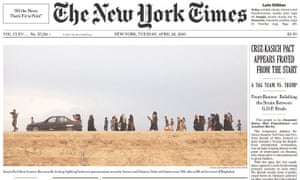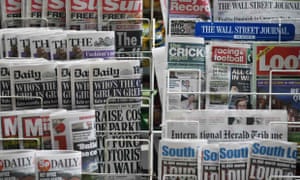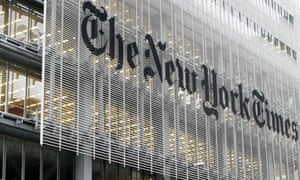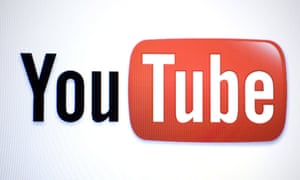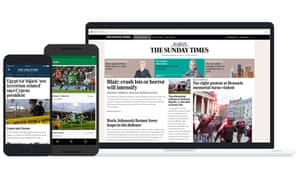New and digital media offers media institutions different ways of reaching audiences. Consider how and why media institutions are using these techniques (48 marks)
New and digital media media is rapidly gaining great prominence in society and has made it easier for audiences to consume the media in a quick and convenient way. However, it is also largely benefitting the institutions by helping reach wider audiences.
With the decline of newspapers, news institutions take full advantage of the ability to create on line sites to publish their news stories. As audiences greatly value the convenience of accessing anything, convergence in phone technology helps the news institutions gain more audience through their online news. Furthermore, news institutions also release apps for audiences to personalise the news that they receive. Although news going online is a very beneficial advancement for news institutions which is also supported by Rupert Murdoch who stated "the world is changing and news has to adapt", this is considered to be very harmful to those who are part of the digital divide as they would not have any access to a necessity of knowing current affairs.
The Sun has also been reaching out to audiences through their website which has recently removed his paywall from the website and allowed people to view the sun’s stories for free. As the audiences greatly believe in the ideology of things being free, this move for the Sun was very useful as more people decided to access the news through their website. The decline in print industry is another reason why he moved the sun online without a paywall. The reason behind why the institution was doing this was simply because less people read papers, the decline of newspaper circulation and newspaper revenue has rose because there is just so much more available online.
Another way institutions have been reaching audiences is through social media such as Twitter. Twitter was launched in and ever since it has changed the way people get access to the news. Twitter has made institutions much more accessible and have allowed them to be connected to their audience. Audiences are able to get information from news institutions much quicker. News breaks on twitter much immediately than it once used to. Audiences re able to see this information much quicker. 60% of people said that Twitter gave them the opportunity to engage with newspaper brands that they would normally not read in print format. It brings them closer to audiences, the immediacy and the accessibility (Galtung & Ruge’s News values) makes it much easier for them than it once was. Twitter makes them feel much more connected. Institutions are able to reach their audience by interacting with their audience, audiences are able to favourite, get notifications and share straight from their mobile phone. It allows audiences to get instant news compared to before and makes them want to go to their website to find out more and get more information.


